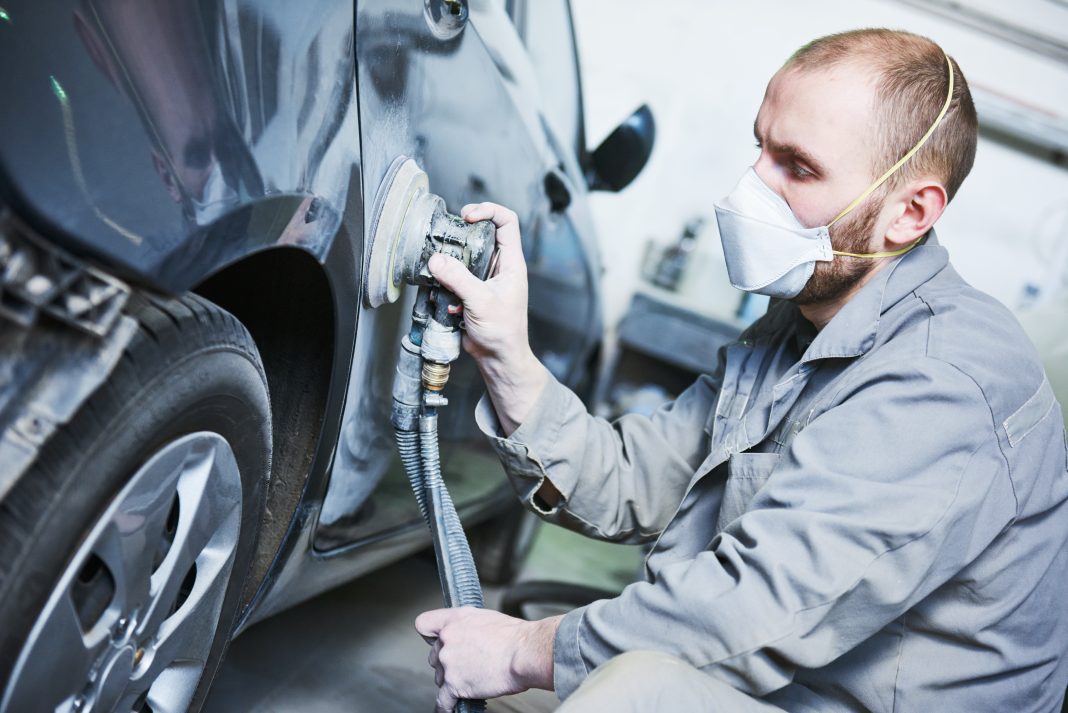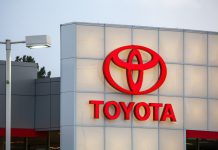Collision centers are typically viewed as a standalone business for car dealers that act as a supporting, customer service-oriented role. Their value is often underappreciated and seldom do dealerships invest capital or human resources in the body shop like they do for other departments. However, the collision center can be both an area to service vehicle owners as well as a profit center, especially when lean production practices are implemented.
Like other SMBs, ‘lean production is a scary topic that looks good in practice but is infinitely harder to put into effect. It requires a massive shift in how the business operates and undertaking the changeover has left more than a handful of companies gutted, losing their most productive employees and frustrating staff and customers alike.
Still, enacting lean production practices has the potential to bring your body shop from average to amazing both in profitability and customer satisfaction.
Why lean production is difficult
According to Nathan Navarro, a Lean Six Sigma Black Belt, the barriers that most often hinder businesses from pursuing lean production include lack of time managing the process, an incomplete vision of how it benefits the company, understaffing, a tendency to fall back into old inefficiencies, and “underestimating employee attitudes (and) resistance to change”.
These challenges can certainly be true for a collision center and pushing through the barriers will not be easy. It’s a great way to optimize the department for productivity and satisfaction, though, since it can slice days or even weeks off of a collision repair.
What lean production looks like for body shops
Steve Feltovich, president of SJF Business Consulting, said of collision center lean production, “The lean process is designed to increase sales and profitability, improve ROI and decrease cycle time. It can also help a shop deliver a higher-quality product in a lot less time at a lower internal cost with less stress on the entire staff.”
The goal is to make the repair process ultra-efficient, although what that means will vary from store to store. Broad strokes include reducing the complete time it takes to finish a vehicle’s repair claim, de-cluttering the lot, reducing the potential for lost, broken, or missing components between disassembly and reassembly, and completing repairs with a higher degree of quality.
Repair planning
| Related: Dealing with objections for service repairs |
 Each body shop will need an individual consultation to analyze the best practices to implement lean production techniques. In some way, repair planning will be one of the preliminary factors addressed. Rather than have the parking lot flooded with deadheads waiting for repairs, vehicles are brought in as the shop can accommodate the workflow. For cars that remain drivable, the customer visits for a repair plan then takes the car until the parts have arrived and the shop is ready to begin. Repair plans account for very little time between stages.
Each body shop will need an individual consultation to analyze the best practices to implement lean production techniques. In some way, repair planning will be one of the preliminary factors addressed. Rather than have the parking lot flooded with deadheads waiting for repairs, vehicles are brought in as the shop can accommodate the workflow. For cars that remain drivable, the customer visits for a repair plan then takes the car until the parts have arrived and the shop is ready to begin. Repair plans account for very little time between stages.
Facility readiness
The facility needs to be prepared for the changeover. Sufficient floor space will need to be committed to each stage, from estimating and disassembly through painting and detailing. At every stop a vehicle in repair makes, supplies need to be ready for the technician. Organized carts, racks, or shelving make it simple to find parts as needed, and invoicing absolutely must be on point along the way.
Team accountability
Lean production only works if employees buy into it. Brief team status updates throughout the day help everyone stay on pace, aware of what’s coming to them next. Team members can be shuffled around if need be.
| Related: |
And if one person makes a mistake, the team keeps them accountable and helps them move on. Someone in estimating who misses a bent part on the inspection could be responsible for a week-long delay for that vehicle and disrupted workflow in the shop. Lean production helps to keep all parties working together with the goal of accuracy and quality in mind at every step.
The benefits
With lean processes at the collision center, customers benefit the most. Their vehicles are repaired better and faster, and that means they’re happier. But there are more benefits to observe. Employee satisfaction is higher with fewer mistakes made. The shop tends to generate higher profits with fewer parts wastage, reduced rental car expense, and less staff idle time between cars.
Though it’s extremely challenging to implement lean processes, the long-term rewards are well worth it. Happier customers and staff and higher profit are why dealerships are in business, after all.
Did you enjoy this article from Jason Unrau? Read other articles on CBT News here. Please share your thoughts, comments, or questions regarding this topic by submitting a letter to the editor here, or connect with us at newsroom@cbtnews.com.
Be sure to follow us on Facebook and Twitter to stay up to date or catch-up on all of our podcasts on demand.
While you’re here, don’t forget to subscribe to our email newsletter for all the latest auto industry news from CBT News.










